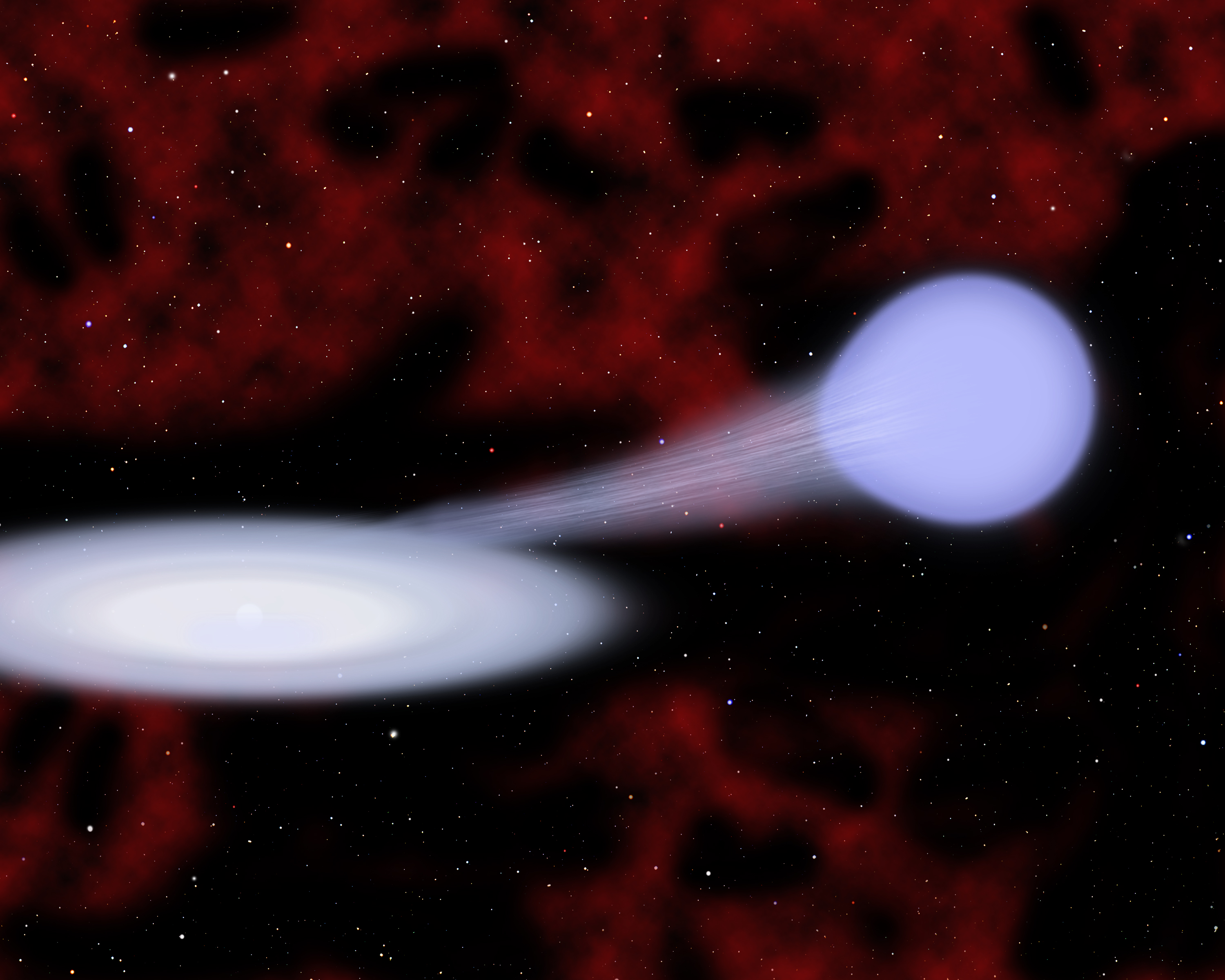Whoa! Mini-Supernovas Discovered

Astronomers have discovered a new kind of supernova, a star explosion so weak that scientists dubbed it a miniature stellar blast.
Supernovas represent the deaths of stars, which collapse in powerful explosions. They generally are classified into two main types; the new class, called Type Iax, "is essentially a mini-supernova," said lead researcher Ryan Foley, an astronomer at the Harvard-Smithsonian Center for Astrophysics. "It's the runt of the supernova litter."
Supernovas are the most powerful stellar explosions known to science, visible all the way to the edge of the universe. The first of the two main flavors, Type Ia supernovas, happen after a white dwarf star dies from siphoning off too much mass from a companion star. In contrast, Type II supernovas occur after the core of a star about 10 to 100 times as massive as the sun runs out of fuel and collapses into an extraordinarily dense lump in a fraction of a second, blasting luminous radiation outward.
In 2002, researchers began noticing that many supernovas appeared to be similar to regular Type Ia supernovas, but were distinctly fainter. Some shone with only 1 percent of the peak luminosity of Type Ia supernovas. Now, based on past and new observations, Foley and his colleagues have identified 25 examples of what they call Type Iax supernovas. [Amazing Photos of Supernova Explosions]
"This really is a new kind of stellar explosion," Foley told SPACE.com.
Binary stars
The data the scientists gathered suggest that, like a Type Ia supernova, a Type Iax supernova comes from a binary star system containing a white dwarf and a companion star. In Type Iax supernovas, the companion star has apparently already lost its outer hydrogen, leaving it dominated by helium. The white dwarfs then go on to accumulate helium from their companion stars.
Get the Space.com Newsletter
Breaking space news, the latest updates on rocket launches, skywatching events and more!
It remains unclear what precisely happens during a Type Iax supernova. The helium in the companion star's outer shell might undergo nuclear fusion, blasting a shock wave at the white dwarf that makes it detonate. On the other hand, all the helium the white dwarf accumulated from its companion star could alter the density and temperature of the white dwarf's interior, forcing carbon, oxygen and maybe helium within the star to fuse, triggering an explosion, Foley explained.
In any case, it appears that in many Type Iax supernovas, the white dwarf actually survives the explosion, unlike in Type Ia supernovas, in which the white dwarfs are completely destroyed.
"The star will be battered and bruised, but it might live to see another day," Foley said. "We're not quite sure why only part of the star might get destroyed. That's a tough problem we're working on right now."
Foley calculated that Type Iax supernovas are about a third as common as Type Ia supernovas. The reason so few Type Iax supernovas have been detected so far is that the faintest are only one-hundredth as bright as a Type Ia.
"Type Iax supernovas aren't rare, they're just faint," Foley said. "For more than a thousand years, humans have been observing supernovas. This whole time, this new class has been hiding in the shadows."
Young star systems
No Type Iax supernovas have been seen so far in elliptical galaxies, which are filled with old stars. This suggests these supernovas come from young star systems.
The future Large Synoptic Survey Telescope in Chile is expected to detect 1 million supernovas over its lifetime, meaning it should discover more than 10,000 Type Iax supernovas — about as many Type Ia supernovas as astronomers have discovered to date, the researchers say.
"There's also the possibility there are Type Iax supernovae that are very nearby that we can look at for more answers," Foley said. "We'd want to know things like how often a star loses half its stellar mass, or a tenth. Right now, we don't have the statistics to answer some of these questions."
The scientists detailed their findings in a paper accepted for publication in the Astrophysical Journal.
Follow us @Spacedotcom, Facebook and Google+. Original article on SPACE.com.
Join our Space Forums to keep talking space on the latest missions, night sky and more! And if you have a news tip, correction or comment, let us know at: community@space.com.

Charles Q. Choi is a contributing writer for Space.com and Live Science. He covers all things human origins and astronomy as well as physics, animals and general science topics. Charles has a Master of Arts degree from the University of Missouri-Columbia, School of Journalism and a Bachelor of Arts degree from the University of South Florida. Charles has visited every continent on Earth, drinking rancid yak butter tea in Lhasa, snorkeling with sea lions in the Galapagos and even climbing an iceberg in Antarctica. Visit him at http://www.sciwriter.us